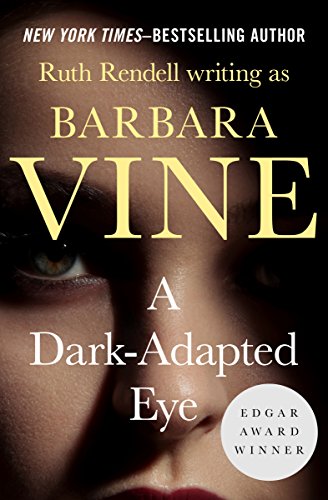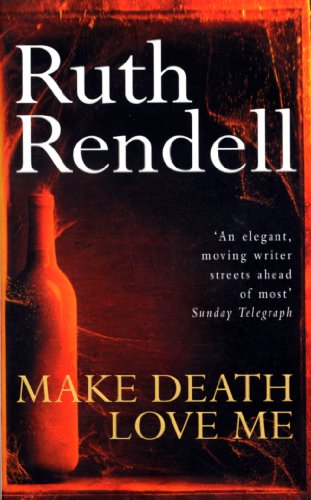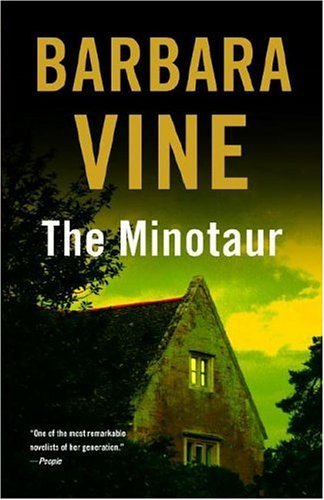
Simisola
Description
From Publishers Weekly In her 17th mystery starring Chief Inspector Wexford (after Kissing the Gunner's Daughter), Rendell casts a decidedly baleful eye on changes in the Sussex country town of Kingsmarkham and its people-the appearance of slums, the rise of decidedly fascistic attitudes and growing unemployment and hopelessness among the young. Against this dour backdrop, Raymond Akande, a thriving black doctor, comes to Wexford with a problem: his 22-year-old daughter has disappeared. Wexford, as patient and friend (a somewhat uneasy friend, because a "decent" Englishman of his generation cannot quite get used to blacks), feels bound to help. He uncovers a dark train of events: a girl who was apparently the last to see Melanie Akande alive is strangled; the body of another young black woman is found buried in the woods; and a sturdy Nigerian crossing guard is pushed down the stairs in her apartment block. Meanwhile, a flashy Arab lady running for the local council seems to be attempting to ensnare Wexford, and there is a mystery concerning one of her Filipino servants. The events are put together so methodically and believably, while the drawing of character and setting is so exact, that the book seems at times like a contemporary Middlemarch with a murder mystery at the heart of it. The solution is truly astonishing yet as logical as the rest of this splendid, passionately fair-minded and deeply disturbing novel-in which Rendell surpasses even herself. Copyright 1995 Reed Business Information, Inc. From Booklist You might think we were dealing with Prime Suspect IV . In racist, high-unemployment Britain, a young, middle-class black woman goes missing, and the last person she seems to have spoken to--an unemployment officer--is found murdered in bed. Unfortunately, the struggle between social commentary and whodunit is so equal--think of two wrestlers, each unable to throw the other--that one soon tires of the sport. What went wrong? Rendell is the finest of the finest, an author who, like le Carre{x82}, often soars above her genre as if using it only to ground her craft. Is the problem the too-conventional nature of her Wexford series, or the too-conventional targets of her social criticism? In fact, the chief target of the author's criticism is an English law that permits wealthy immigrants to bring into the country servants who are part of their household but who are not legitimate immigrants in their own right--that is, who must stay with their "masters" if they are not to be deported. That these servants are often treated like slaves has not, so far, persuaded the Conservative government to change the law, and this is the source of Chief Inspector Wexford's (and Rendell's) quiet disgust. "We're all racists," the gentle Wexford says in the early pages, and the novel goes on to prove him right. But all this, of course, is a contrivance, and the story suffers under the burden; it has little force, momentum, or focus. True, Rendell firing on only three cylinders is more impressive than many firing on all four, but this is still a disappointment. Stuart Whitwell "The best inspector Wexford novel in a decade...vintage Rendell."- The Globe and Mail "One of the greatest novelists at work in our language."-Scott Turow"A diabolically subtle writer."- The New York Times Book Review From the Paperback edition. From the Inside Flap la, the 16th Inspector Wexford novel by Ruth Rendell, is at once a gripping mystery and an emotionally charged exploration of racism, sexual violence, and the urban ills that are infecting small, traditionally peaceful communities. Read more
Features & Highlights
- Simisola,
- the 16th Inspector Wexford novel by Ruth Rendell, is at once a gripping mystery and an emotionally charged exploration of racism, sexual violence, and the urban ills that are infecting small, traditionally peaceful communities.





